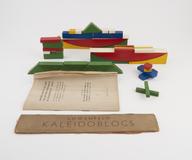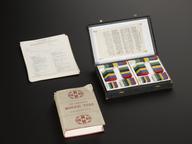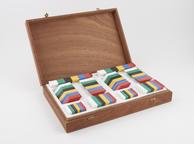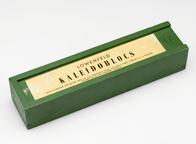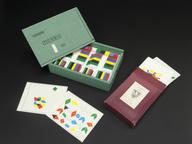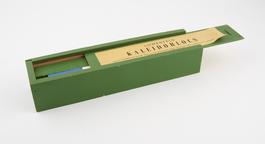

Margaret Lowenfeld 1890 - 1973
- occupation:
- Psychiatrist,
- Psychotherapist
- Nationality:
- British
- born in:
- London, Greater London, England, United Kingdom
Margaret Lowenfeld trained as a paediatrician. She pioneered child psychotherapy and play therapy, and invented several object-based techniques that became important for research and therapy between the 1940s and 1970s. These tools are still used.
Lowenfeld grew up in an affluent London family. She completed early medical training in 1914 and worked in a London hospital during the First World War. In 1918 she joined a medical mission to Poland which cared for civilians whose homes had been destroyed in the war. Meeting traumatised children shaped her career. Lowenfeld returned to England and opened a free walk-in centre for ‘difficult’ children in West Kensington, London, featuring toys and play areas. The centre trained child psychologists and expanded to become the Institute for Child Psychology. This small, independent research institute struggled successfully through the Great Depression and the Second World War. When the National Health Service was created in 1948, Lowenfeld’s institute became a non-profit corporation offering training and child psychotherapy services to local government health authorities. Lowenfeld died in 1973. Government funding was cut and the institute closed in 1977. Lowenfeld’s students and those inspired by her work continue to help children today.
Lowenfeld used miniature toys in sand and mosaics of coloured tiles when working with children. A trained therapist talked to a child about the design he or she was creating. Lowenfeld argued the therapist could enter the child’s non-verbal imaginative world. Such ideas were original and widely criticised. Some psychoanalysts had developed contrasting theories about children’s toys and fantasy worlds, but Lowenfeld downplayed similarities to psychoanalysis. She argued her techniques could be used by psychoanalysts and those who disagreed with psychoanalysis. Some anthropologists found Lowenfeld’s techniques useful in illuminating cross-cultural differences.
